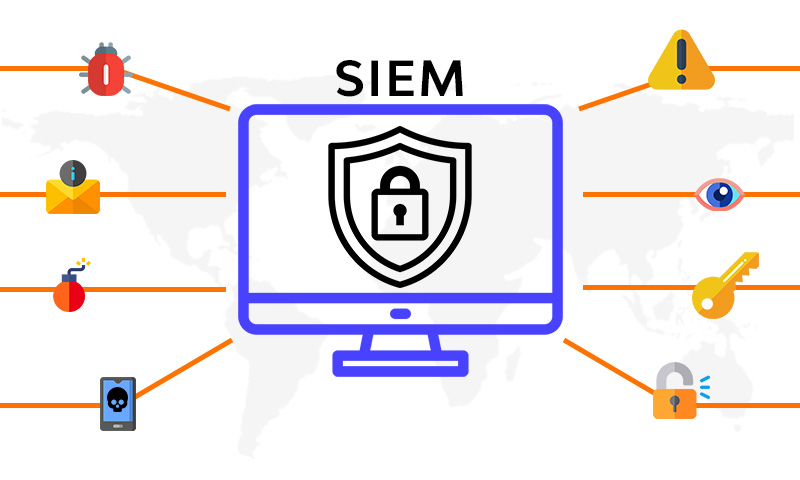Physical Address
304 North Cardinal St.
Dorchester Center, MA 02124
Physical Address
304 North Cardinal St.
Dorchester Center, MA 02124

In today’s digital landscape, organizations face growing security threats that demand robust monitoring solutions. This article explores how Datadog can enhance cybersecurity through real-time monitoring, SIEM capabilities, and advanced threat detection. We will dive into the integration of cloud security tools and the importance of effective monitoring strategies in safeguarding organizational assets.
Today, organizations rely heavily on digital technologies, making cybersecurity a critical priority. As cyber threats like ransomware, social engineering, and insider attacks grow in sophistication, businesses face increasing risks of data breaches, financial loss, and reputational damage.
High-profile incidents, such as the 2020 SolarWinds breach and the 2021 Colonial Pipeline ransomware attack, highlight how vulnerable organizations can be and the wide-reaching consequences of a single attack. These events demonstrate the urgent need for continuous monitoring to detect threats early and prevent damage.
Effective monitoring enables the detection of suspicious activity—like spikes in network traffic or unauthorized access—before it escalates. Continuous vigilance, paired with the right tools, allows organizations to detect and respond to incidents swiftly, helping minimize damage and maintain trust.
Datadog is a comprehensive monitoring and analytics platform designed to help organizations maintain the health, performance, and security of their IT environments. Its key features include:
Datadog’s real-time dashboards and analytics empower teams to investigate issues quickly, detect patterns, and reduce the time to respond to threats. With its customizable alerts and extensive integration ecosystem, Datadog is a powerful ally in defending against cyber threats.
Security Information and Event Management (SIEM) platforms collect and analyze data from multiple sources, helping identify and respond to threats in real time. SIEM offers a centralized view of security logs, allowing for:
When integrated with Datadog, SIEM solutions gain enriched context from infrastructure and application data. This collaboration improves threat detection accuracy and accelerates remediation.

Cloud security tools offer scalable, cost-effective, and advanced solutions to safeguard cloud environments. Benefits include:
Datadog enhances cloud security by unifying metrics, logs, and traces from multiple cloud services. This centralization provides greater visibility and helps organizations monitor for compliance, detect unusual activity, and act swiftly during incidents.
Effective threat detection combines proactive monitoring, automation, and detailed log analysis. Here’s how Datadog helps:
Example: If a phishing email compromises a workstation, Datadog can detect unusual DNS activity, trigger an alert, and quarantine the machine automatically—minimizing damage and downtime.
A multi-tool approach is vital in complex threat environments. Integrating Datadog with SIEM platforms and other monitoring solutions offers:
Case studies show that organizations leveraging Datadog in tandem with other tools detect threats faster, respond more efficiently, and enhance their overall security posture.
To maximize monitoring effectiveness, follow these best practices:
Looking ahead, several trends will shape cybersecurity monitoring:
Datadog is well-positioned to lead these innovations, combining advanced analytics with seamless integrations to future-proof security strategies.
Datadog provides a unified platform for monitoring infrastructure, applications, and security. Its integration with SIEM and cloud tools enhances threat detection, improves incident response, and supports regulatory compliance.
By adopting best practices and staying ahead of future trends, organizations can use Datadog to:
In today’s ever-changing threat landscape, investing in tools like Datadog is essential for long-term protection and operational confidence.